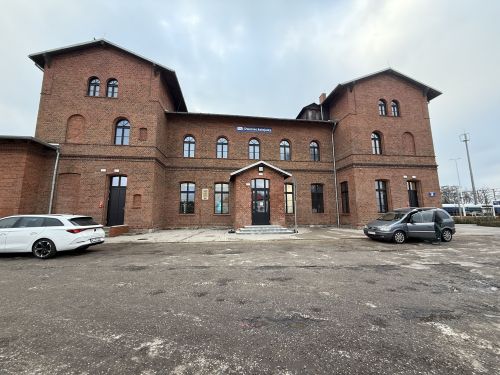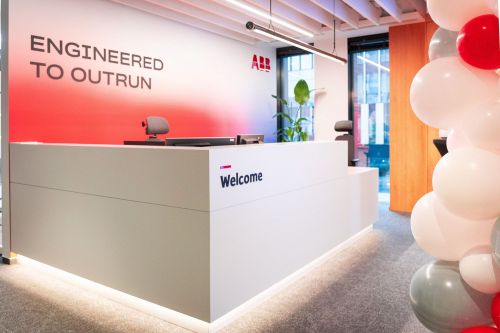The lowering of the global economic forecast for European countries by the International Monetary Fund, the tightening of the policy for special economic zones, the consolidation on the market, the transition period for projects financed by the European Union (i.e. next year), difficulties in obtaining financing – these are only a few of the trends that could have a negative impact on the warehousing market next year. Only time will tell how damaging the effects will be. This was one view of the future provided by Maciej Chmielewski (Colliers International), who for the sake of the debate pretended to be a pessimist. Tomasz Puch (Jones Lang LaSalle), on the other hand, played the part of the optimist, pointing to the ever-improving transport infrastructure, the increasing demand for investment land, the growing number of new speculative projects and the growing demand for warehouse space, while sketching out the development prospects of warehouse regions until 2015. Who won? It&






























































